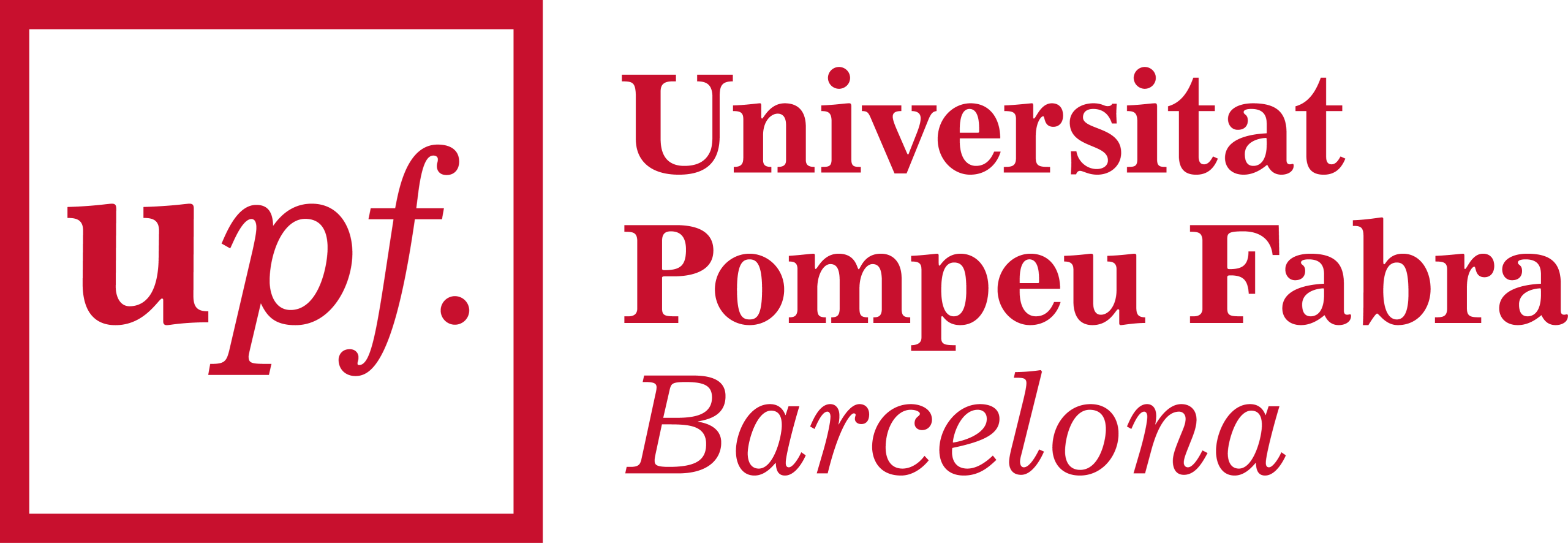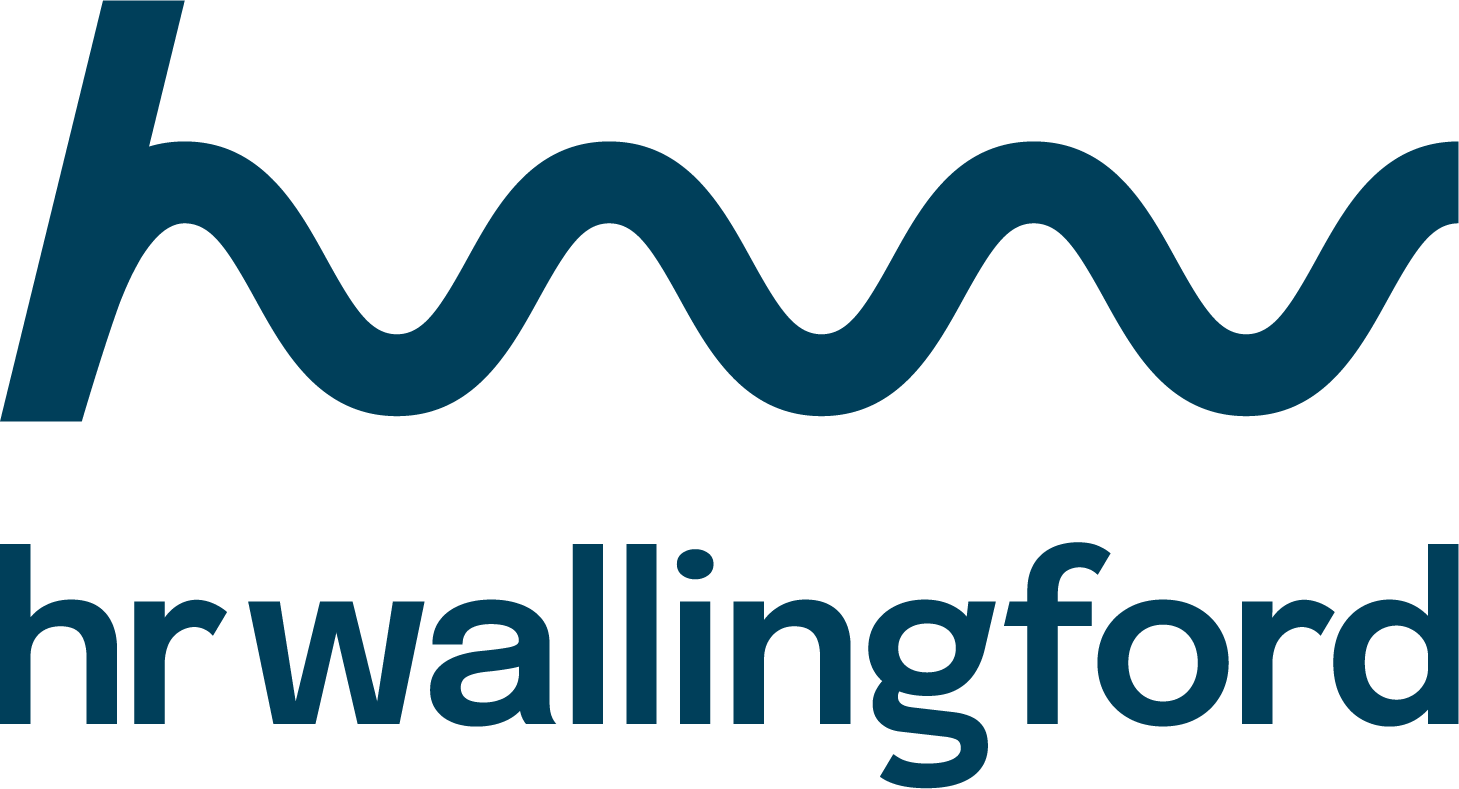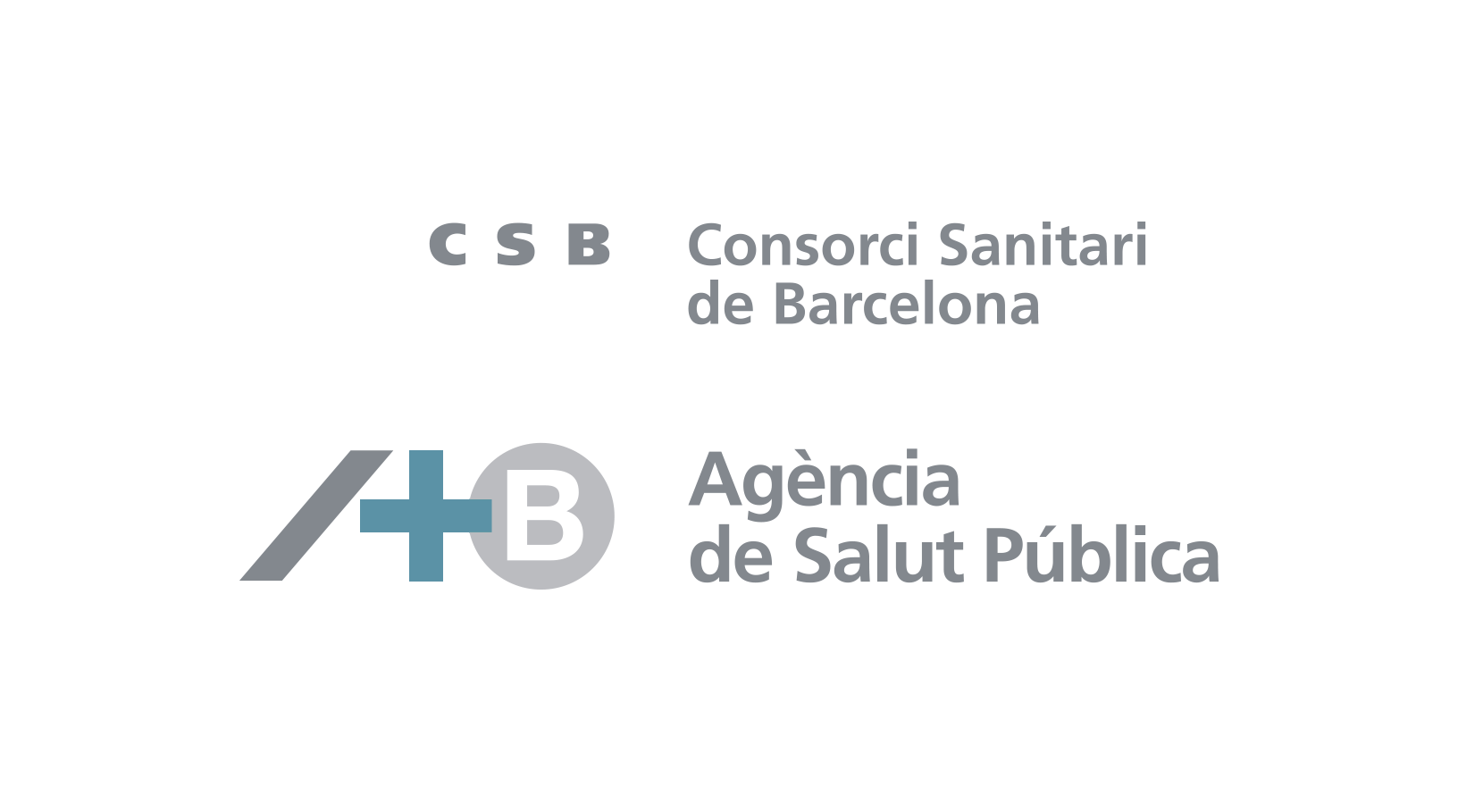E4Warning is an holistic approach to improve our understanding of the interplay between humans, mosquitoes, reservoir species and the environment for a better disease intelligence capable of anticipating and identifying mosquito-borne diseases epidemic risk and outbreaks.
Mosquito-borne diseases, such as dengue, Zika, chikungunya and West Nile fever, are emerging and re-emerging worldwide because of climate change and globalisation. Every year, an estimated 390 million dengue infections occur around the world, resulting in up to 36,000 deaths. The burden of these diseases is highest in tropical and subtropical areas, but increasing numbers of autochthonous case are being reported from European countries since 2010, raising concerns about the potential for the establishment of these pathogens in temperate regions.
To address the complexity of Mosquito-borne diseases (MBDs), the E4Warning consortium is made up of an interdisciplinary and innovative team from 12 organisations from Spain, Germany, Greece, Belgium, Switzerland and the United Kingdom, with experience in entomology, movement ecology, epidemiology, Earth Observation science, sensor engineering, sociodemography and spatial statistic modelling.













